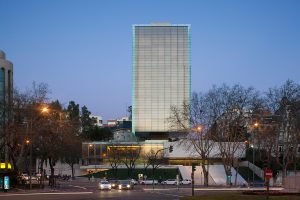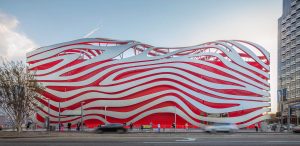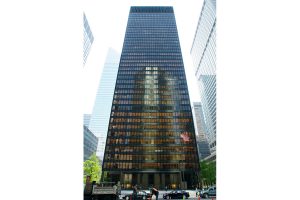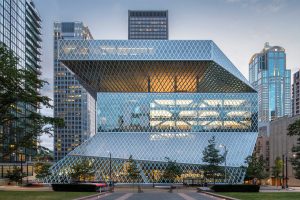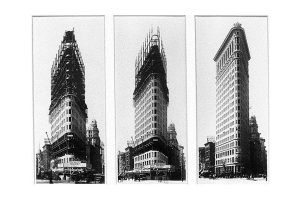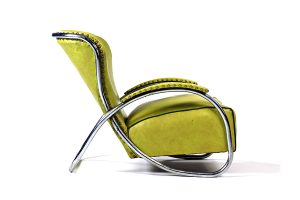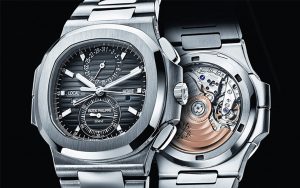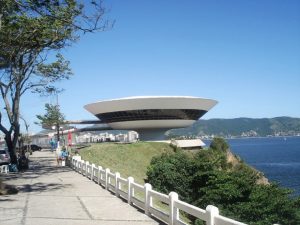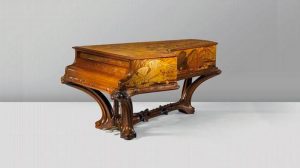The Peace Bridge 2012, Memorial Drive, Calgary by Spanish architect and Structural Engineer Santiago Calatrava
Santiago Calatrava
Santiago Calatrava is Spain’s most renowned living architect and some would say by far the most its most controversial. Santiago was born in 1958 in Benimamet, Valencia and received his degree in architecture from the polytechnic at the University of Valencia. Santiago has offices around the world and currently lives in Zurich.
At the time of writing, Calatrava is working in New York on the World Trade Centre’s Neo-Futuristic PATH railway station, unsurprisingly, also attracting controversy. Neo-Futuristic design is an idealistic concept concerned with a better future.
Calatrava’s World Trade Centre project is now 2 billion USD over the original budget and is planned to open 6 years later than first thought, although stated to be sometime in 2015. His early career was very much dedicated to bridges and railway stations. My own personal favourite of these is Calatrava’s Gare do Oriente in Lisbon, which opened in 1998. The station handles 75 million passengers per year, so it as is as busy as the famous Grand Central in New York city.
The Peace Bridge, Calgary
Calatrava returned to his roots with an elegant Double Helix, tubular steel structure named the Peace Bridge. The bridge is located in Calgary, crosses the Bow River and is designed to accommodate pedestrians and cyclists in providing a safe link from downtown Calgary and the suburb of Sunny Side. Some 6000 pedestrians per day use the bridge which is fantastic as this was a very expensive bridge at 24 million USD or 114,000 USD per lineal meter.
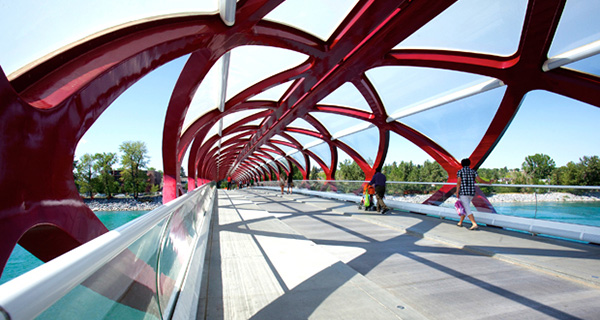
Pedestrian’s view of The Peace Bridge, Calgary
Photograph from the Institut Canadien de la construction en Acier
Most of Calatrava’s designs are normally asymmetrical and colored white. This is where the Peace Bridge is different, it is a brightly colored structure, based on the red and white colors found in the Canadian national flag and the flag of Calgary. It still uses one of Calatrava’s favourite material, glass, which he used to form the roof. Others think the red is a tribute to the fall season and the white represents the winter snow. I think he just likes red.
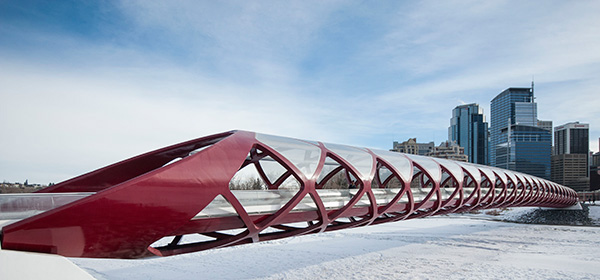
View of The Peace Bridge, Calgary from bank to bank of the Bow River
The structure is deceptively simple but Calatrava found the project challenging in July 2009 he is quoted as saying in the Calgary Herald,
“Of the 14 bridges I have built, there’s not one that follows this principle, not one that is done with this purity. And technically, it is a demanding bridge.”
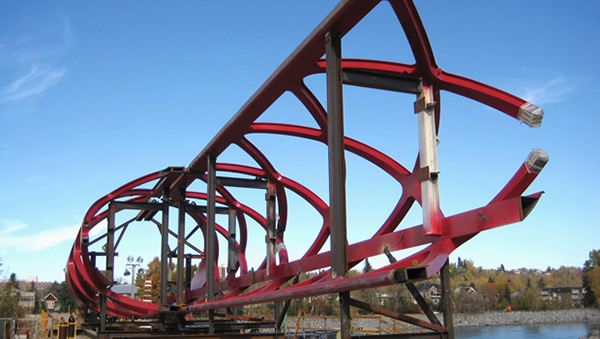
The Peace Bridge under construction
Photograph from the Institut Canadien de la construction en Acier
Part of the design brief from the City no doubt increased the bridge’s costs. They did not want any piers or support structures to enter the river and they did not want any high support system in place. The bridge had to be designed to last 75 years and to survive Calgary’s flood each spring.
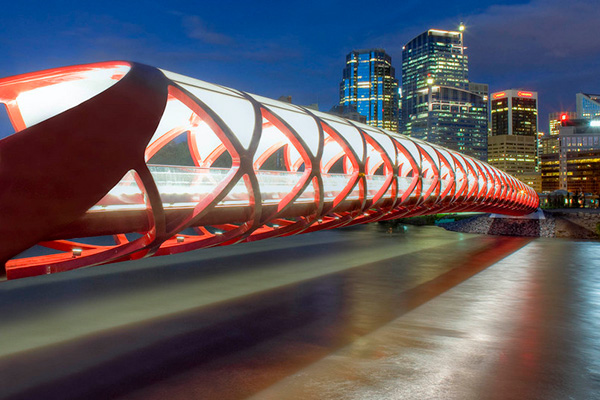
The Peace Bridge at night. Photograph from Heavy Industries.
The bridge is popular with pedestrians but a little resented, it was built in the midst of a recession and the order was placed to a Spanish fabrication company. The bridge does not appear to have entered the soul of the city. No-one can really point to why it is called the Peace Bridge. It was dedicated to Canadians serving their country in the name of peace but it is very hard to find out much more.
The bridge feels a little unloved, it has not been adopted as a symbol of the city unlike the Henderson Wave Bridge in Singapore or the Gateshead Millennium Bridge in the United Kingdom. If you look up things to do and see in Calgary, the bridge very rarely makes anyone’s list.
I know it is the easiest thing in the world to criticize but to me this bridge is a lost opportunity, it looks like a Chinese finger trap. It is just a pedestrian foot bridge.
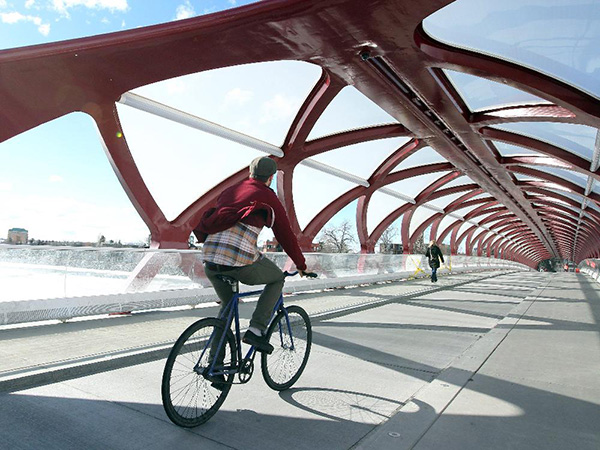
Cyclist using the dedicated cycle track on The Peace Bridge, Calgary.
Image from The Calgary Herald. Photo: Stuart Gradon

